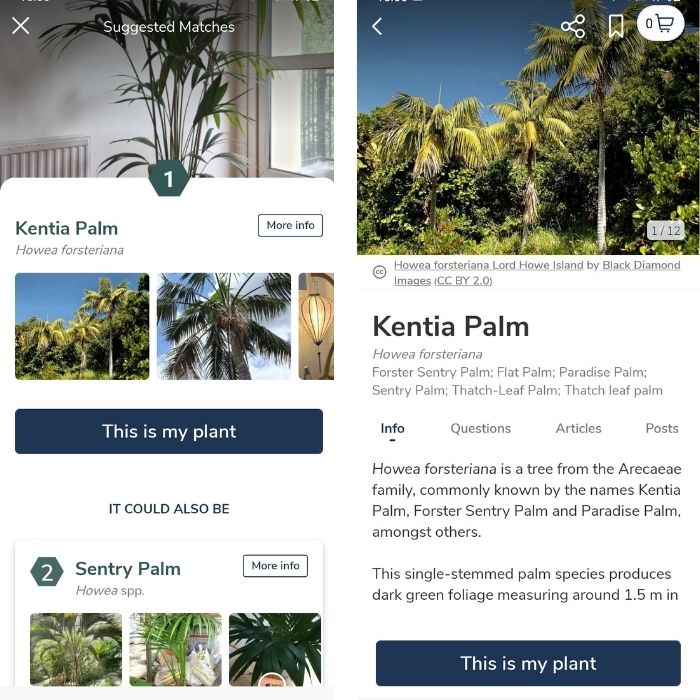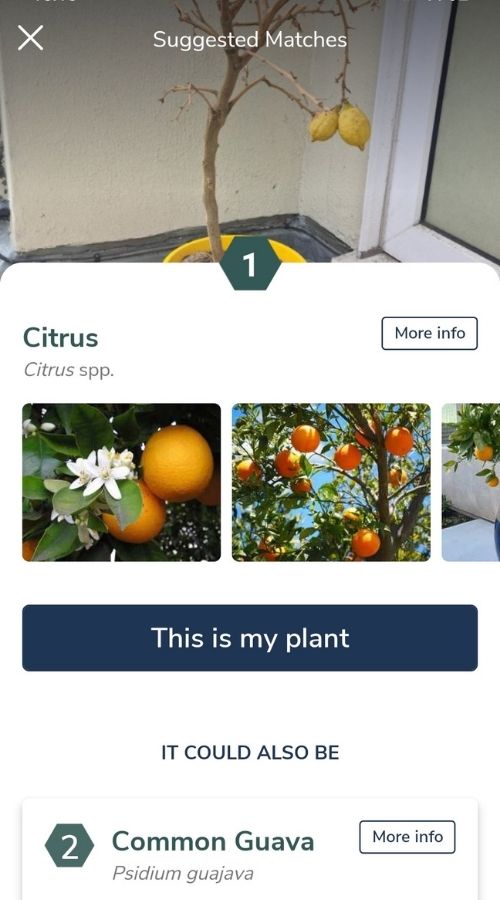Now a free app called Candide is helping me regain their trust, or at least remember who the hell they are. The app’s Plant ID feature uses AR to identify plants at both the genus and species level. Just snap a photo of the mysterious vegetation or upload one from your phone. Next, tap identify. Models trained on a dataset of horticultural imagery then analyze the pic. If the system recognizes the plant, it provides more information on its origins and how to care for it.
Candide is one of several apps that identify flora. The tools are typically used to recognize plants you’ve spotted on your travels. But in my case, I needed it for advice on the ones I already have. I tested it on several of my untended plants. The results were pretty impressive. Plant ID swiftly identified my kentia palm and gave some useful tips on how not to kill it. It also spotted my poor citrus tree, which was cruelly plucked from sunny climes and dumped into the depths of London’s winter. It’s been on its death bed for 18 months but I refuse to bury it. (I like the pot). The AR didn’t find a match for the flowers I snatched from the roadside last week after they were discarded by the florist. But it made some guesses and suggested asking other users of the app. Overall, the app was accurate and the community aspect is attractive. Plant identification seems an effective use of AR, and I appreciate tech that helps cultivate nature rather than destroy it. It might even help my floral friends survive a second year of the pandemic. Greetings Humanoids! Did you know we have a newsletter all about AI? You can subscribe to it right here.


